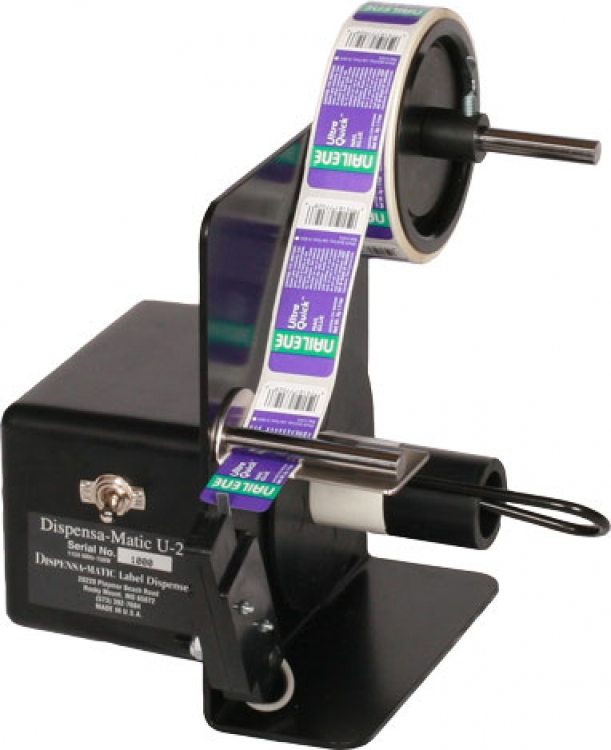As the label industry continues to evolve with more environmentally friendly green ideas and products, linerless labels have been a popular topic for several years now. Linerless refers to adhesive labels or materials that do not contain a paper or film backing silicone coated liner to protect the adhesive.
Where Linerless Labels are Viable
When considering whether or not to implement linerless labels, beware of unintended consequences. On linerless labelstock, the face has a silicone topcoating, so that the adhesive can be pulled away from the rolls. Sort of like rolls of continuous packaging tape—referred to as “self-wound”. Of course, doing away with liner on material is greener, and each roll diameter can then house more footage of material. This material is a great fit for high volume direct thermal, print/apply systems, where a label is printed, and applied, in a single step in-line—without any handling in between. Linerless is also more viable for small mobile label printers where longer media rolls on those compact, small diameter rolls are desired.
Ramifications of Implementing Linerless Labels
Here are some potential ramifications concerning linerless labelstock implementation:
- Printer is required to have a cutter installed. Cutters need to be kept clean. More routine maintenance.
- Most companies print their label jobs in batches. How would the labels be handled with exposed adhesive, before they are applied?
- What is the shelf-life of the material? Self-wound with coatings/adhesive can get dicey over time. I know this from offering the tamper evident products the past 15 years.
- The platen roller will have adhesive running over it, so how will this impact platen roller life? (Depends on actual adhesive, platen, print speed)
- Limited transfer ribbon options, due to having to image through a silicone-like coating. Then when it does, barcode detail (dense) may be impacted.
- The cost of the material is higher than standard labelstock
To combat the above, a local company has come up with a non-tacky labelstock, that gets tacky after heat activated when it’s time to apply. But then, additional equipment and a hefty investment is required.
While doing away with the backing liner reduces materials, linerless labels still only see a proper fit with limited applications. If you are considering implementing new label projects, including linerless, why not contact George Righter today at 215-493-7191 or email info@rightertrack.com to ensure you get it right the first time around.
Published:


